In the blazing midday sun, the yellow egg-shaped rock stood out from a pile of recently unearthed gravel. Out of curiosity, 16-year-old miner Komba Johnbull picked it up and fingered its flat, pyramidal planes.
Johnbull had never seen a diamond before, but he knew enough to understand that even a big find would be no larger than his thumbnail. Still, the rock was unusual enough to merit a second opinion. Sheepishly, he brought it over to one of the more experienced miners working the muddy gash deep in the Sierra Leonean jungle. The pit boss’s eyes widened when he saw the stone. “Put it in your pocket,” he whispered. “Keep digging.” The older miner warned that it could be dangerous if anyone thought they had found something big. So Johnbull kept shoveling gravel until nightfall, pausing occasionally to grip the heavy stone in his fist. Could it be?
Johnbull, a gangly adolescent, could not help but fantasize about what finding a diamond of that size would mean. “In my mind, I was thinking, I will never be poor again,” he says. He thought of how he had left school at 12, after the death of his father, a farmer. He thought of his illiterate mother, who died when he was 15. And then he swore to himself that if the stone did turn out to be a diamond, he would find a way to go back to school. “Finding a big diamond is a onetime blessing,” he says. “Learning books can fix your life forever.”
For most Sierra Leoneans, diamonds have been more of a curse than a blessing. An estimated 9 million carats of high-quality diamonds have been extracted from the small West African nation since rich alluvial deposits were first found by British colonialists in the 1930s, but the country has little to show for it. The diamond trade fueled a decade-long civil war here that ended in 2002, taking some 50,000 lives. The precious stones paid for the rebels’ weapons, inspiring the 2006 Leonardo DiCaprio blockbuster Blood Diamond, which indelibly linked sparkling engagement rings with their high human cost for a generation of consumers. Barely any of the wealth has filtered back to Sierra Leone itself, still one of the world’s poorest and least developed countries.
But what Johnbull found on March 13, 2017, may have upended that narrative. Weighing 709 carats, it was the third largest diamond ever unearthed in Sierra Leone, and the 15th largest in the world. “We thought we would become the richest persons in the world,” recalls Johnbull, speaking to TIME a year after the diamond was discovered. “People were telling me that it would sell for $50, $70 million.”
His mining sponsor, a local pastor who paid for the five-man team’s tools, food and medical care in exchange for a majority stake in whatever they found, took the diamond straight to a government representative, bypassing the usual smuggling route that is the way many major diamonds leave the country. In handing the diamond over to the government, which by law had the right to 60% of the proceeds from its sale, Pastor Emmanuel Momoh knew he would be losing the lion’s share of the diamond’s value. But he has no regrets, he says, adding, “I did the right thing. I can be proud of that.”
In return, the government put the diamond up for public auction and promised that a portion of the proceeds—exactly 15%—would help provide new roads, schools, electricity and clean water systems around Koryardu, the village in Kono district where Johnbull found the stone. This is the first known case of a significant percentage of a diamond’s true market value going to the people who found it and not dealers or middlemen—something that has so far eluded even big diamond companies such as Brilliant Earth, De Beers and Tiffany.
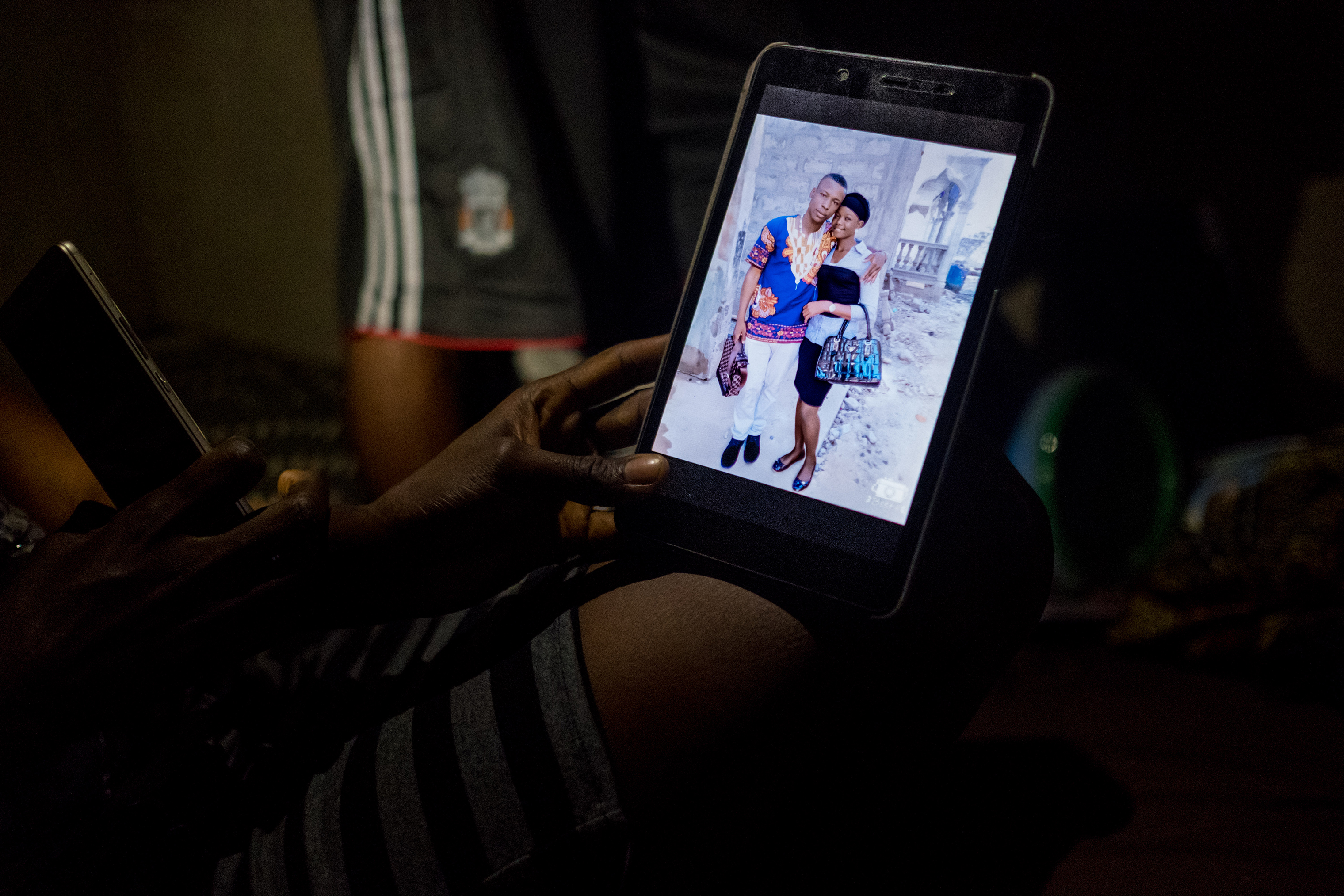
If the government delivers, it could be the start of a new era for miners who dig diamonds by hand, according to Martin Rapaport, founder of diamond-trade network the Rapaport Group. “When diggers see other diggers getting infrastructure, they will also sell their diamonds through legitimate channels,” he says. “More taxes bring more infrastructure brings more legitimate diamonds sales that bring more tax revenue.”
It’s the first step for reversing Sierra Leone’s diamond curse, he says, an economic benefit not just for the people who dig, but also for the nation as a whole. If the cycle is sustained, it could encourage consumer demand for fair-trade gemstones and precious metals, improving the lives of 1.5 million artisanal diamond miners worldwide. It would also go a long way toward combatting diamonds’ stigma.
An additional C needs to be added to the usual four—carat, color, clarity and cut—that indicate a diamond’s value, says Rapaport: context. “A diamond that makes the world a better place should be worth more money. Can we get to the point where consumers say, ‘Hey, that diamond helped those people—that’s the diamond I want to give my wife’? If so, it is worth millions to the communities who produce them.”
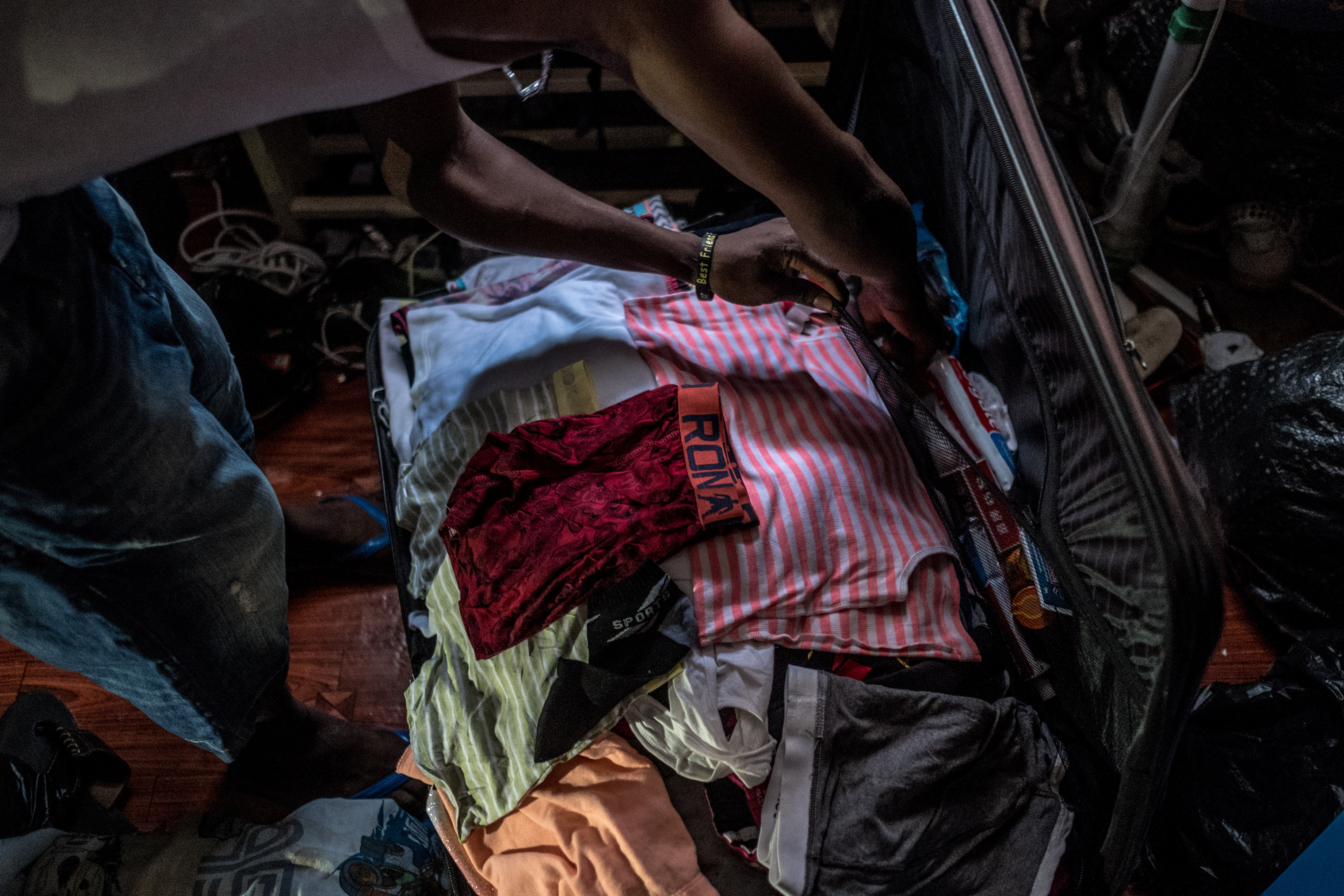
When the diamond was first brought to the capital, Freetown, and presented to then President Ernest Bai Koroma in a massive media blitz, speculation over the stone’s value was feverish. “We were a bit naive,” admits Momoh, 44, who, as the diggers’ sponsor, was the legal owner of the diamond. Based on carat weight alone, he thought the diamond would fetch about $50 million. “We didn’t know about the other C’s,” he says. Much of the diamond is cloudy and flawed. Rapaport estimates that only 250 or so carats can be carved out for a big gem, along with a few smaller ones.
On Dec. 4, 2017, the diamond sold to British jeweler Laurence Graff for $6,536,360 in an auction managed pro bono by Rapaport. It was far less than even government evaluators expected, but it garnered something much more valuable: transparency. With the sale, citizens of Sierra Leone knew for the first time exactly how much a large diamond sold for, how much money went to the government, how much to the men who found it and how much—$980,454—the government had pledged to invest in the community where it was discovered.
In a country where corruption and governance are all but synonymous—Sierra Leone ranks 130 out of 180 countries on Transparency International’s corruption perceptions index—it offers a rare opportunity for citizen oversight and accountability. “If the government does what it promised to do, it will improve people’s confidence,” says Abu Brima, executive director of the Network Movement for Justice and Development, a civil-society organization that works with Sierra Leone’s mining sector. “If it doesn’t, and this is a fact, the people will say, ‘Pastor Momoh, he was a fool. He wasted his money by giving his diamond to the government.’”
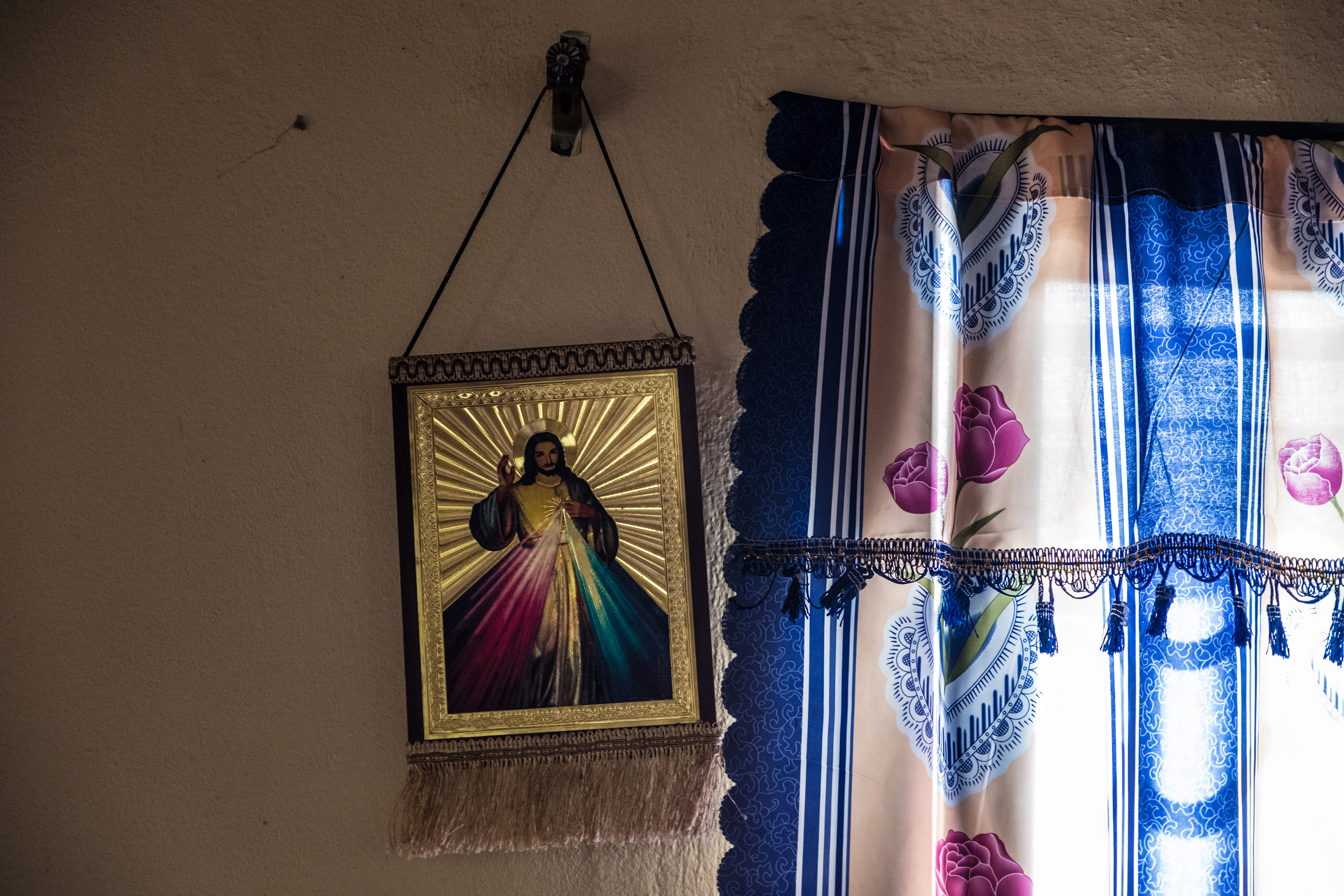
When TIME visited Koryardu in March, a year after the diamond was found, residents were already beginning to suspect that they had indeed been taken for fools. The village, a small scattering of concrete huts with palm-leaf roofs, lies at the end of a severely rutted road that is all but impassable during the rainy season. The village well, installed by an NGO a decade ago, had dried up, and women and children trekked almost a mile to fetch water from a stream for their daily needs. Residents gathered under the shade of a large tree to air their frustrations over the slow pace of development. Momoh, who has moved to Freetown but was back to visit, grimaced under the onslaught. “The surrounding villages are mocking us,” lamented an elderly resident. “They say we will benefit nothing from this diamond.” The village midwife, who serves as the de facto doctor despite having no training, made it clear to Momoh she held him accountable: “We are all looking to you, our brother, our pastor. If everything goes well, we will thank you for your good work. But if it goes wrong, you will get the blame.”
Rattled, the pastor climbed back into his 4×4 and took off down the road, all too aware of the fact that his credibility as a man, a miner and a pastor was precariously balanced on the integrity of an institution riddled with corruption. This was personal for him too; like Johnbull, Momoh also quit school for the diamond fields when his father died. He quit to become a peanut seller, only to start up again in 2012 as a sponsor, once he scraped together enough cash to buy the necessary tools for his team. He closed his eyes in a brief prayer. “I too have to have faith,” he said. If the government failed, so too would his plan to change the economics of diamond mining in Sierra Leone.
But four months later, after national elections brought in a new government that won largely on a campaign to knock out corruption, work in the village has begun in earnest. The foundations for a new clinic and school have been laid, and a well has been dug. The progress is a source of relief for Momoh, who has been assured by government officials that construction will ramp up further in September, at the end of the rainy season. But now is not the time to let go, he says. He will still need to make sure that the clinic is staffed and stocked, and the teachers for the school are paid. “I have to make sure that diamond funds are spent in that community. If anybody goes to that village, I want them to ask the question, ‘Why is this village different from all the other villages?’ Then the story will be told, and that will encourage other people to bring their diamonds to the government when they find them, so they too can get the maximum benefit. Then my task will be done.” Paul Saquee, Kono’s district chief, says he has no doubt the government will deliver: “I don’t have any reason to believe that they are not going to do that. We will hold the ministry of mines accountable.”
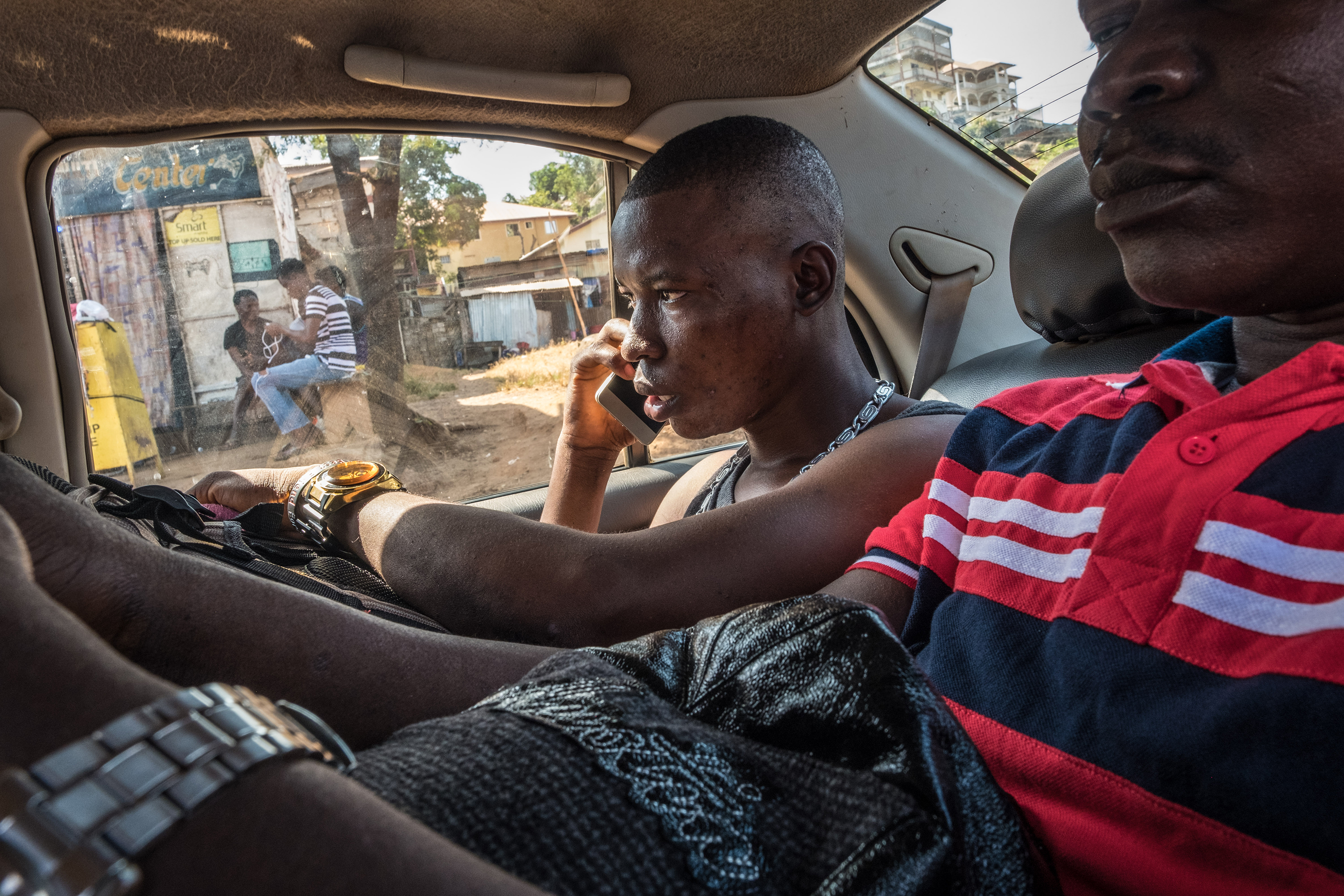
The stakes are higher than just Koryardu’s future. Changing the reputation of artisanal mining, a vital source of employment for young men in Sierra Leone, could be essential for the country. If consumers in America, Europe and Asia stop buying gemstones because they are tainted by human-rights violations, it will only make things worse for Sierra Leone, where 55% of exports come from mineral resources.
The civil war–era blood diamonds deserve opprobrium, Momoh says. But this rock, the first major find since the end of the war, is different. Momoh dubbed it the Peace Diamond as a way to distance it from Sierra Leone’s gruesome past. “Our diamonds aren’t for war anymore. They are for development,” he says. “When the government utilizes the money they took from the diamond to develop a village, the whole world will see that, indeed, diamonds can make the world a better place.”
To Rapaport, the Peace Diamond could set the stage for industry-wide change. Rapaport was one of the early proponents of the Kimberley Process, an internationally recognized system designed to prevent the trade of conflict diamonds. Like many in the industry, he says it didn’t go far enough. Diamonds in your local jewelry store may not be funding wars anymore, but that doesn’t mean they are free of the injustices, human-rights abuses and environmental degradation of a fundamentally exploitative industry. Graff bid significantly more on the Peace Diamond than anyone else because of its story, argues Rapaport, and other high-profile diamantaires are likely to follow.
But the Peace Diamond is a unique case. Most diamonds aren’t big enough to merit publicity, notes Michael Gibb, a campaign leader for conflict resources at Global Witness, an advocacy group for the beneficial use of natural resources. Instead, they are aggregated into packets that are traded on private exchanges with little accountability. Public auctions are about as rare as, well, a 709-carat diamond. The irony, says Gibb, “is that somehow this diamond is seen as an exception, even as some very commonsense practices are being put into place: making sure that the guy who found it gets his fair share, that the community gets their fair share and the government gets its fair share. This should happen with every diamond, but it does not.”
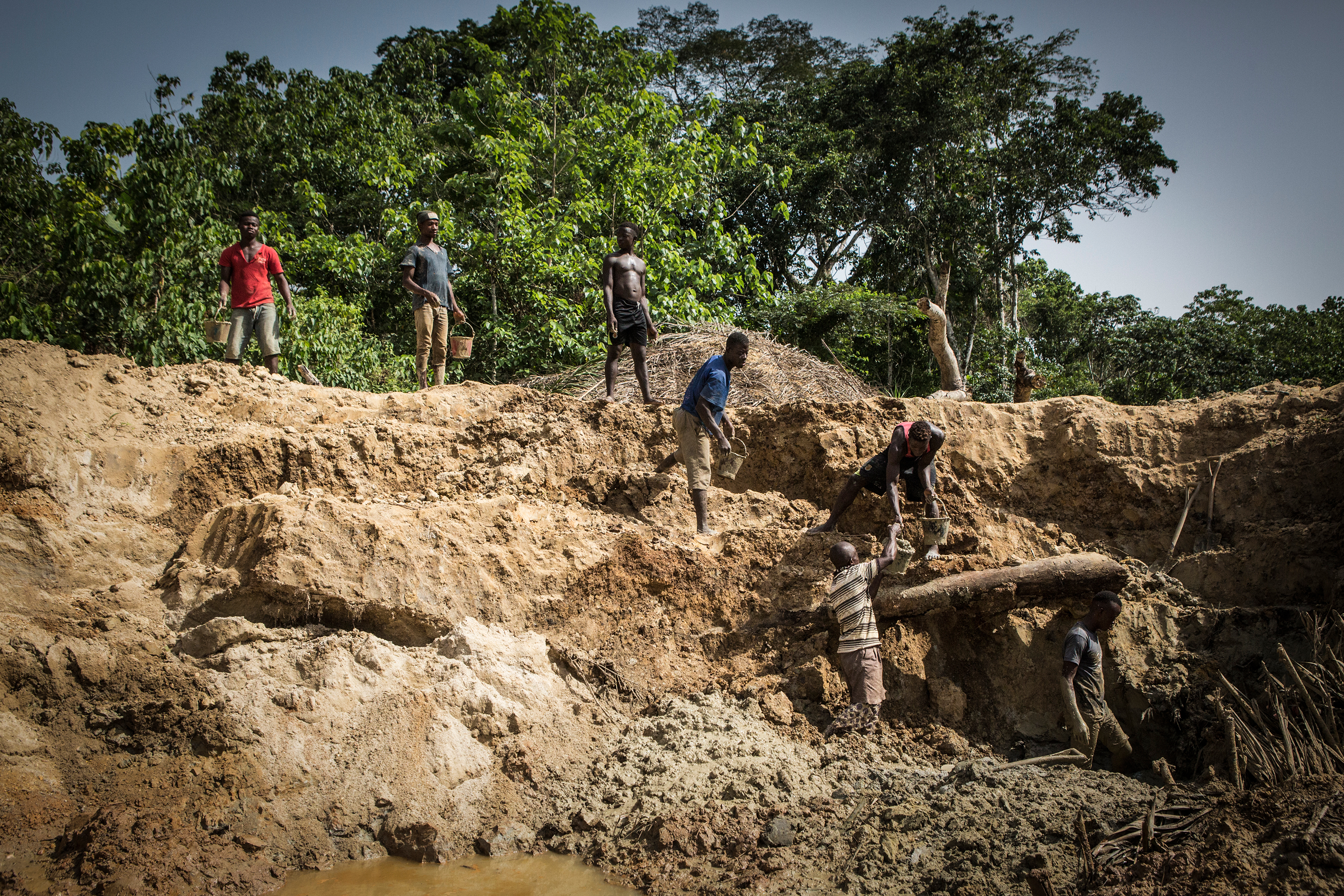
The community may still be waiting for the full benefits of its share, but the sale of the diamond has already changed the lives of Momoh and his team. The pastor received $2.4 million. After expenses and payouts to local chiefs, the landowner and the diggers, who were due 23% according to their original contract, he was left with a little less than $1 million. Each of his five diggers got about $115,000.
After the initial hype, the final amount was a bit of a disappointment, admits Johnbull, but it’s still a fortune in a country where nearly three-quarters of the population live on less than a dollar a day. It has also been a burden to this group of men, who are accustomed to living among the poorest of the poor. Like lottery winners, they have been besieged by friends, relatives and miscellaneous supplicants demanding handouts. Momoh estimates that he has spent thousands this way. “It is very bad in our culture when one man has something and everyone else has nothing,” he says. “If you have something, you have to share it. If you don’t, you are a bad man.”
But charity is one thing. Scams and financial illiteracy are a bigger concern for Momoh. As a former digger himself, he has seen too many friends strike it rich, only to blow their cash and end up in penury a few years later. He wants to see his diggers’ lives changed for the long term, not least because of the Peace Diamond’s notoriety. He expects journalists to return to Koryardu to see the diamond’s legacy. “If the diggers have no money left, they won’t say, ‘Oh, I misused my money.’ No, they will say, ‘Pastor Momoh didn’t give me enough.’ That will be the story when the money runs out. That is what I am afraid of.”

Rather than hand each digger his share of the diamond’s sale in cash, Momoh set them up with bank accounts. At his urging, each of the men purchased property. One invested the rest of his money with the bank and plans to live off the interest. Another opened a small business. Two got married (one to a second wife), and one, says the pastor with a wince, has regrettably started drinking.
Johnbull, however, decided to invest in an education. At first, Momoh was thrilled when the teenager told him he intended to return to school. Momoh also regrets not finishing school, but at his age he doesn’t see a way to start over again. Instead, he is using the rest of his money to build a school in Freetown so that a new generation won’t have to make the same sacrifices that he and Johnbull did.
But the pastor’s dreams of enrolling Johnbull in the school came crashing down when the young miner informed him that instead of staying in Sierra Leone, he would seek his fortune as a student in Canada. A friend said it would be easy to get a visa.
Momoh, who has been rejected twice for a visa to the U.K., suspected a scam at worst, and extreme naiveté at best. Johnbull can barely speak English, and he doesn’t remember how to write. “I told him, At least go to school here first. Then later you can go to Canada and finish your education. One hundred and fifteen thousand dollars is a lot of money in Sierra Leone. In Canada, it is nothing.”
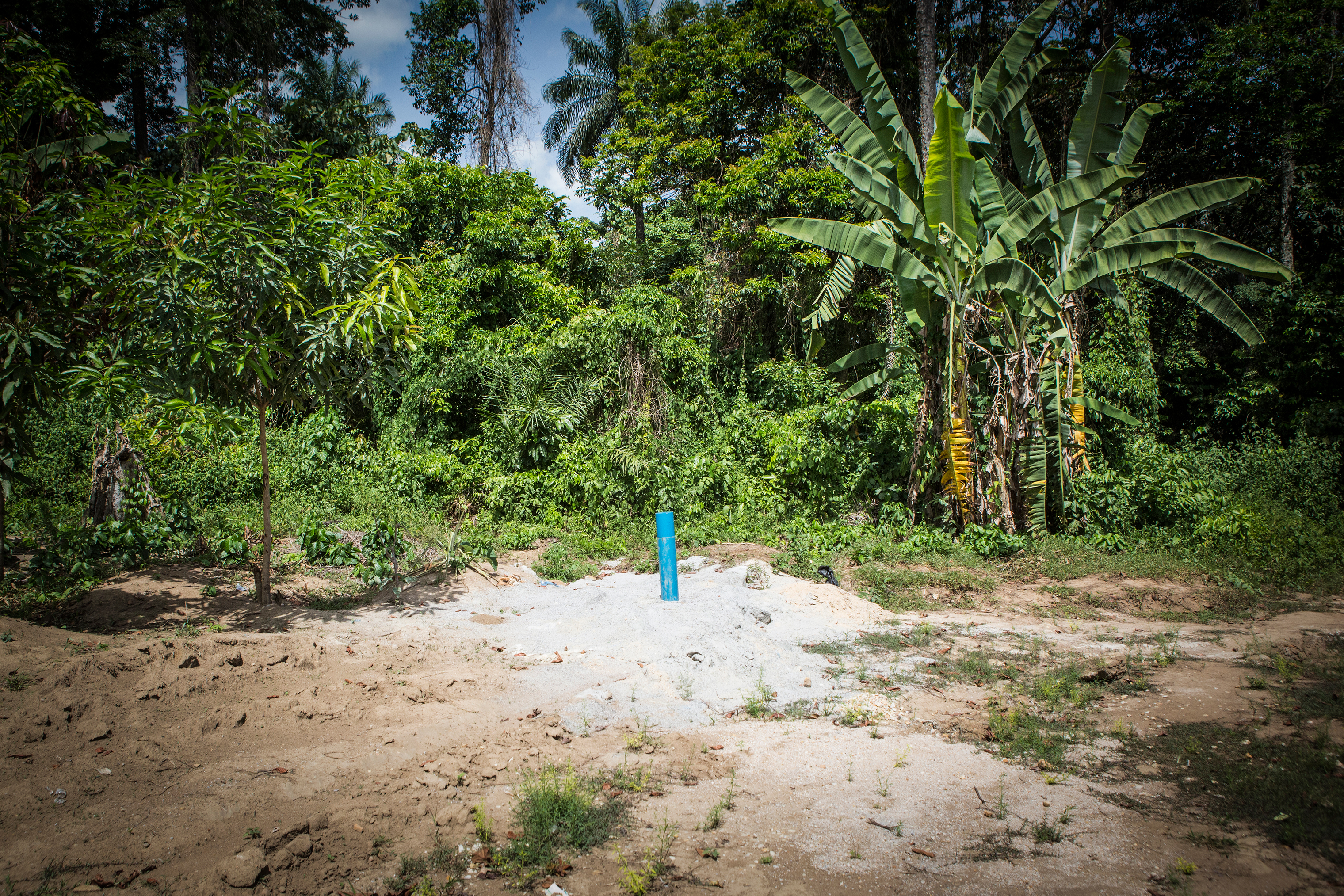
Undeterred, Johnbull went through with his plan, handing over $15,000 to a broker who promised to help him with the paperwork. On March 3, nearly a year after he found the diamond, he shoved all his belongings into a suitcase for what he thought would be a brief stop to pick up a visa at the Canadian High Commission in Ghana before booking an onward flight to Canada. He had already spent most of his money—$50,000 for a house in Freetown that stands empty, a couple thousand to rent a house for his siblings and “a lot, I don’t know where, to help my friends, to go shopping, to buy my plane ticket.” He had about $10,000 left in his account. He packed a knitted beanie because he had heard it was cold in Canada, and extra supplies of toothpaste, deodorant and acne cream, in case they were too costly abroad.
Johnbull figured it would take only a few days to get a visa. Instead, it took weeks to even get an interview, and ultimately he was rejected. He applied again, for Germany, to no avail. Finally, exhausting all his options, and most of the rest of his money, he reluctantly returned to Sierra Leone on July 3. Now he is back in Freetown, unable to find a job, but unwilling to return to the diamond mines of Koryardu. The shame, he says, would be too much. From what he has heard, the village is finally starting to profit from his find. Returning empty-handed would show everyone there that he has not. Still, he has faith that things will turn out just fine. “That day when I picked up that shiny rock, I had no idea it was going to change my life. I am praying to God that tomorrow will bring me another blessing.”
- The 100 Most Influential People of 2024
- The Revolution of Yulia Navalnaya
- 6 Compliments That Land Every Time
- What's the Deal With the Bitcoin Halving?
- If You're Dating Right Now, You're Brave: Column
- The AI That Could Heal a Divided Internet
- Fallout Is a Brilliant Model for the Future of Video Game Adaptations
- Want Weekly Recs on What to Watch, Read, and More? Sign Up for Worth Your Time
